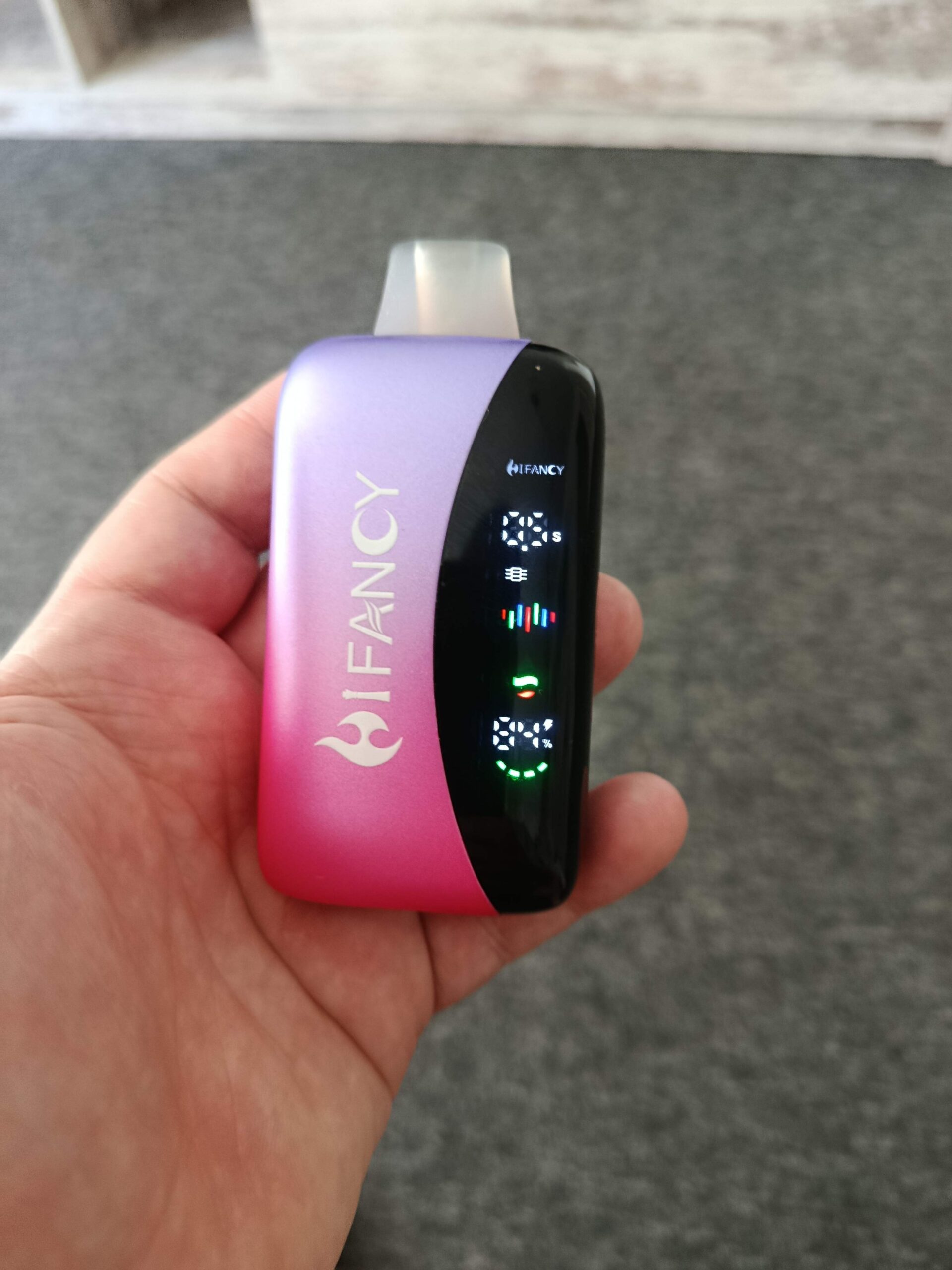De relatie tussen e-sigarettenbeleid en gezondheidsbeleid

The Interplay Between Electronic Cigarette Policies and Broader Health Strategies
Electronic cigarettes (e-cigarettes) have reshaped public health discussions, forcing policymakers to reconcile their potential as smoking cessation tools with concerns about youth uptake and long-term safety. This analysis explores how e-cigarette regulations intersect with broader health priorities, including tobacco control, youth protection, and harm reduction frameworks.
Tobacco Harm Reduction and Dual Use Dilemmas
Traditional tobacco control policies focus on reducing smoking prevalence through measures like taxation, smoke-free laws, and cessation support. E-cigarettes complicate this landscape by introducing a product marketed as a less harmful alternative. Some health authorities endorse their use for smokers unable to quit via conventional methods, positioning them within harm reduction strategies. For example, countries like the UK integrate vaping into public health campaigns as a step toward quitting smoking entirely.
However, the rise of dual use—where individuals smoke and vape simultaneously—challenges these goals. Studies suggest dual users may not experience significant health improvements compared to exclusive smokers, undermining the rationale for promoting e-cigarettes as cessation aids. Policymakers face pressure to ensure regulations prevent long-term dual use while preserving access for those transitioning away from tobacco. This tension highlights the need for nuanced policies that distinguish between short-term harm reduction and sustained behavioral change.
Youth Access and Long-Term Health Risks
A critical concern in e-cigarette policy is preventing youth initiation, given nicotine’s impact on adolescent brain development. Traditional tobacco policies have long targeted underage sales through age verification laws and marketing bans, but e-cigarettes present unique challenges. Their discrete design, appealing flavors, and online sales channels make them harder to regulate effectively. For instance, flavored e-liquids—often banned in traditional cigarettes—remain a point of contention, as they may attract non-smoking youth.
Public health strategies increasingly prioritize restricting youth access through flavor bans, plain packaging, and stricter online age checks. Some jurisdictions also limit nicotine concentration in e-liquids to reduce addiction potential. These measures aim to balance adult smokers’ needs with the imperative to avoid creating a new generation of nicotine users. The success of such policies hinges on their enforceability and adaptability to evolving product designs and marketing tactics.
Integration with Chronic Disease Prevention Frameworks
E-cigarette policies intersect with broader chronic disease prevention efforts by influencing smoking-related illnesses like lung cancer and cardiovascular disease. While vaping is generally considered less harmful than smoking, concerns persist about its role in perpetuating nicotine addiction and normalizing smoking behaviors. Public health campaigns must address these risks without inadvertently promoting e-cigarettes as “safe” rather than “less harmful.”
Some regions incorporate vaping into existing tobacco education programs, emphasizing that it is not risk-free and should not be used by non-smokers. Others develop standalone initiatives to counter misinformation about e-cigarette safety, particularly on social media platforms where youth exposure is high. By aligning e-cigarette messaging with broader chronic disease prevention goals, health authorities can reinforce the importance of avoiding all nicotine products for optimal health outcomes.
Data Gaps and the Need for Evidence-Based Regulation
A persistent challenge in shaping e-cigarette policies is the lack of long-term data on health effects. Unlike traditional tobacco, which has been studied for decades, the consequences of chronic e-cigarette use remain unclear. This uncertainty complicates risk-benefit analyses, leaving policymakers to rely on short-term studies and epidemiological trends. For example, debates over whether vaping acts as a gateway to smoking or helps smokers quit often hinge on conflicting preliminary data.
To address this, health agencies are investing in longitudinal research to track vaping’s impact on respiratory health, cardiovascular function, and cancer risk. In the meantime, regulations tend to err on the side of caution, particularly regarding youth access and product safety standards. Policymakers also collaborate internationally to share data and standardize testing protocols, ensuring regulations reflect the latest scientific consensus.
Conclusie
The relationship between e-cigarette policies and health strategies is dynamic, shaped by evolving evidence, technological advancements, and shifting societal norms. While vaping offers potential benefits for smokers seeking alternatives, its risks—especially to youth—demand proactive regulation. By aligning e-cigarette rules with tobacco control, youth protection, and chronic disease prevention frameworks, policymakers can create a cohesive approach that prioritizes public health without stifling innovation. As research progresses, these policies will need to adapt to ensure they remain effective and equitable.









